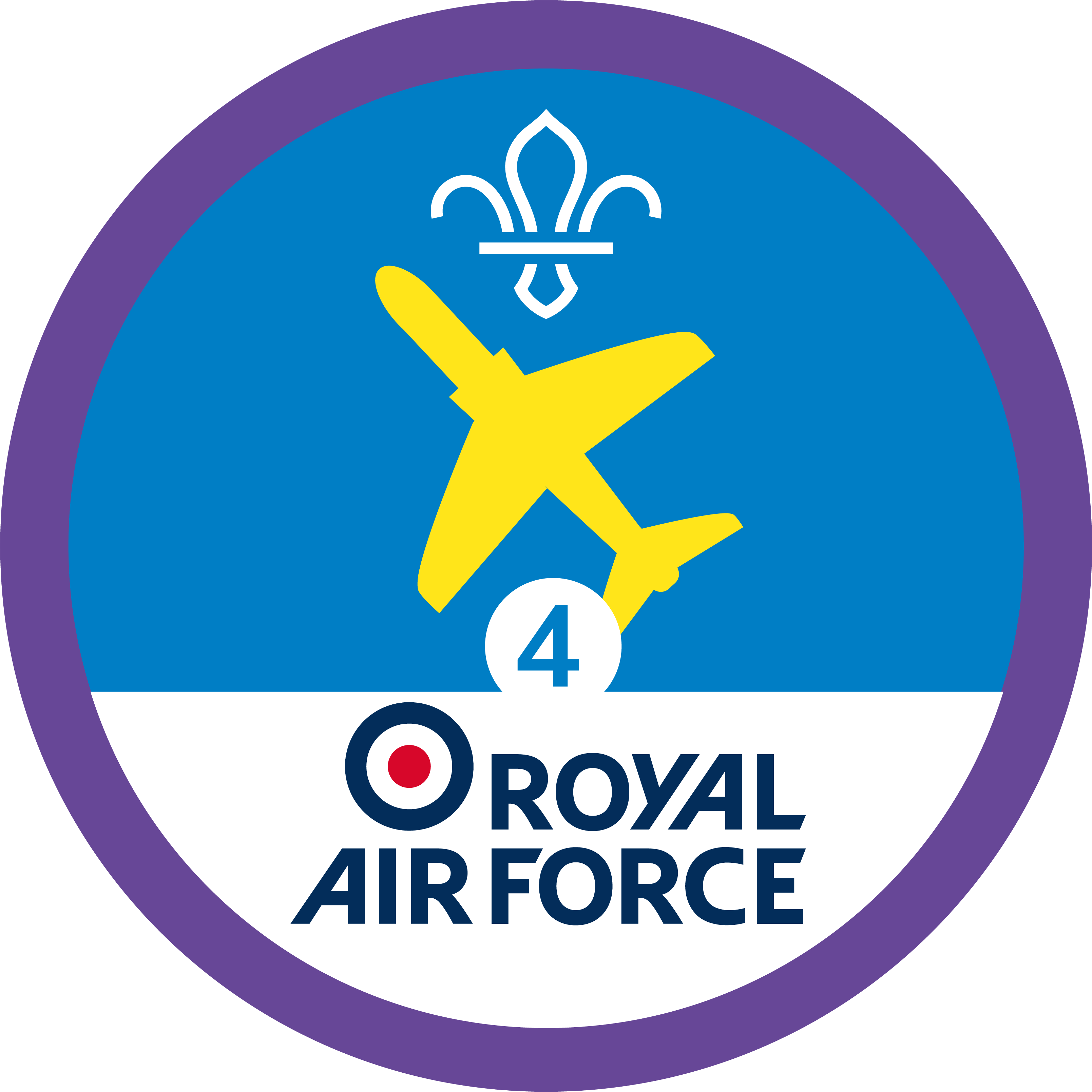Hot air ballooning
What to expect
Hot air ballooning is all about getting up in the air. Hot air balloon experiences can be non-tethered, so you travel where the wind takes you, or tethered, where the balloon and basket are attached to a point on the ground so you just go up and down. Either way, you’ll stand in a basket that’s suspended below a giant balloon filled with hot air.
Take off and landing are exciting experiences, but you’ll also have the chance to watch the world drift by.
Hot air ballooning is an activity for older Scouts – it’s likely that Beavers and Cubs won’t be able to see over the side of the basket, and many providers have height or age restrictions to keep everyone safe.
What you’ll learn
Hot air ballooning offers you the chance to appreciate the world from a new angle. When you’re in the sky and the burner goes quiet, it’s a great opportunity to look around (and down) at the world below. Do you notice anything you don’t see every day?
Pilots are usually happy to share their knowledge and experience, too. Hot air balloons work because the burner heats the air inside the balloon; when it’s hotter than the air outside the balloon it makes the aircraft lift. When the cools down, the balloon will float slowly back to Earth. That’s just the basics, though. Why not pick the pilot’s brain and see what you can find out?
Fun facts
- The first hot air balloon was flown in Paris on the 19 September 1783 – it was an unmanned, tethered light. Just a month later, in October 1783, was the first manned flight up to 26 metres.
- Since then, the activity’s spread across the world. Events happen every year to celebrate hot air balloons, for example, the British International Balloon Fiesta.
Handy hints
- See how it works. A flair for hot air is the perfect way to prepare for this adventure and remind yourself of the science behind your trip to the skies.
- Make sure your camera has a strap. You’ll want to make the most of the photo opportunities that come with hot air ballooning, but you need to keep you camera (and people on the ground!) safe. A strap’s the best way to do this – even if everyone’s really careful, accidents can happen.
- Expect to swish and sway. Sometimes, adventures like hot air ballooning can cause motion sickness. Be prepared with anything you need to cope with it, and have a chat about what people can do to manage motion sickness before you take off.
- Take a map. Being up in the air is a great opportunity to see how the ground looks from above – it’s like a map unfolding beneath your eyes. Why not take a map along so you can compare it to what you see?
Safety
You must always:
- Complete a risk assessment
- Have the right ratios of number of adults to provide suitable supervision
- Set up an InTouch process
- Know what to do in an emergency
- Share information with parents and carers with an activity information form
- Get approval from your commissioner
Be safe outdoors:
- Check the weather forecast
Preparing for your flying activities:
- Follow the general rules for air activities
- Make sure you have permission to access the airfield and it's safe to do so
- Make sure the pilot meets the requirements for the activity and have appropriate insurance in place
- Make sure everyone is appropriately briefed before the activity starts
- Stay safe when doing air activities, follow the air activities safeguarding guidance
- Notify HQ of your air activity.
Hot air ballooning:
Always follow rule 9.10.4 Ballooning.
This activity can be led by you or someone else in Scouts:
- Acceptable instructor qualifications
- Pilot or flying instructor - as outlined in POR rule 9.10.4
You can go to a centre or use an activity leader who is not part of Scouting:
You must find a suitable provider who meets the following requirements:- The centre/instructor should hold one of these:
- Pilot or flying instructor - as outlined in POR rule 9.10.4
The provider must have public liability insurance.
Guidance
Reflection
Hot air ballooning gave everyone the chance to face their fears and value the outdoors. What did people enjoy most about the flight? Was it like they expected? Did anyone ask the pilot anything about the balloon, for example, how it worked? Would people like to do it again if they had the chance? The adventure was a chance to see the world from a different perspective. What did people discover when they were looking at the ground from the skies? How was it similar to a map and the view from the ground? Were there any differences?
Hot air ballooning can often be adapted so more people can give it a go. Some centres have facilities that cater for people with additional needs and experienced instructors to help everyone achieve their goals. Get in touch with your local provider to chat through the needs of people in your group – make sure you give them plenty of notice.
All Scout activities should be inclusive and accessible.
Anyone who enjoyed being in the air could look at the Air Activities Staged Activity Badge and find out more about aircraft's and how they fly.

